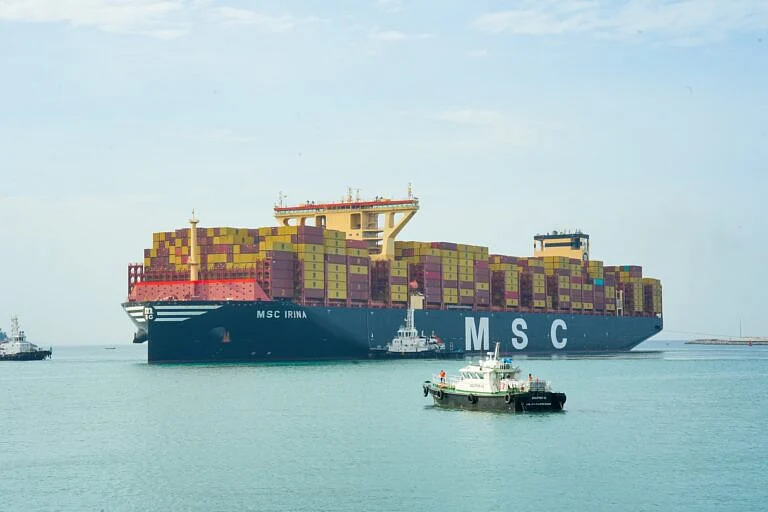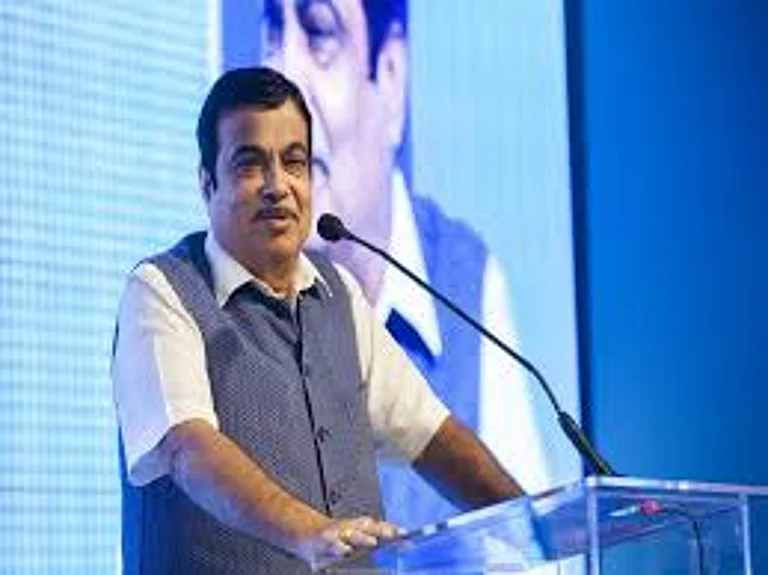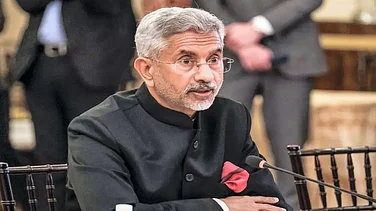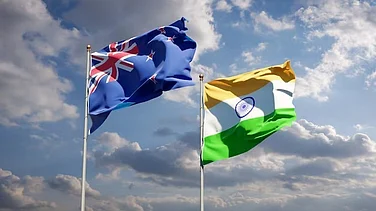Union Minister of Road Transport & Highways Nitin Gadkari expressed confidence that India’s logistics costs would come down to less than 10% of GDP by the end of December while addressing a conference titled ‘India@100: Charting Vidarbha’s Journey to a Developed India’ by Confederation of Indian Industry (CII) in Nagpur on August 2.
“The lesser the logistics cost, the more competitive the Indian economy would be to take on China and the US,” Gadkari said, adding that China’s logistics costs stand at about 8% of GDP while the US is at 12%.
During the conference, he explained that the government was accelerating the transition from fossil fuels to electric mobility and biofuels, while simultaneously expanding a network of highways and sea ports across the nation, given that water remains the most economical mode of transport.
The Minister’s remarks come at a time when India’s logistics network is undergoing a transition. According to the Ministry of Railways, the Western Dedicated Freight Corridor (WDFC), which spans 1,506 kms and connects Jawaharlal Nehru Port Terminal (JNPT) in Mumbai to Dadri in Uttar Pradesh, had reached over 93% completion.
This has pushed the number of average daily freight trains from 247 in FY 2023‑24 to around 352 average trains per day by February 2025, a transition that has already reduced cargo transit times and lowered costs. A study by the University of New South Wales estimated that India’s Dedicated Freight Corridors (DFCs) will contribute ₹16,000 crore to GDP and have already reduced freight costs and travel times, leading to commodity price reductions of up to 0.5%, reported ET.
Complementing this, multimodal logistics hubs such as the newly operational Jalna Dry Port are integrating rail, road, and port networks to handle up to 10 million TEUs (Twenty-foot Equivalent Units) of cargo annually, cutting inland transit costs and boosting exports from central India, according to Jawaharlal Nehru Port Authority.
Gadkari, after virtually laying the foundation for 27 road projects and inaugurating two others worth ₹5,235 crore in Andhra Pradesh, emphasised that “water, power, transportation and communications are crucial for the development of any country.” He cited the US as an example where superior road networks underpin economic growth.
Apart from the major port in Visakhapatnam, he highlighted, Andhra Pradesh’s 1,000 km coastline would soon host a string of ports supported by the Centre to create multimodal logistics hubs in line with the government’s priorities.
These initiatives contribute to a broader strategy under the National Logistics Policy and PM Gati Shakti, which have already helped bring India’s logistics costs down to 7.8–8.9% of GDP from earlier estimates of 13–14%, according to the National Council of Applied Economic Research (NCAER), as reported by IANS.

The recent opening of the Vizhinjam International Seaport, India’s first deep-water transshipment hub, in Kerala on May 2, 2025 is also expected to bolster this progress by significantly reducing India's reliance on foreign ports for transshipment, which previously accounted for 75% of such operations.
This would enable mega container ships to dock directly instead of routing via Colombo, reducing feeder shipping expenses and large-scale automation for quick turnaround of vessels, according to ET.
Gadkari’s comparison of India with both China and the US reflects the country’s intention of achieving cost efficiencies to compete with China’s manufacturing and maritime trade while building the kind of strong infrastructure networks that have long supported the US economy.
Considering the logistics projects in the pipeline with the ongoing expansion of highways, dedicated freight corridors and multimodal parks, these developments are expected to cut export costs, expand India’s trade footprint and strengthen manufacturing’s share in GDP.






























